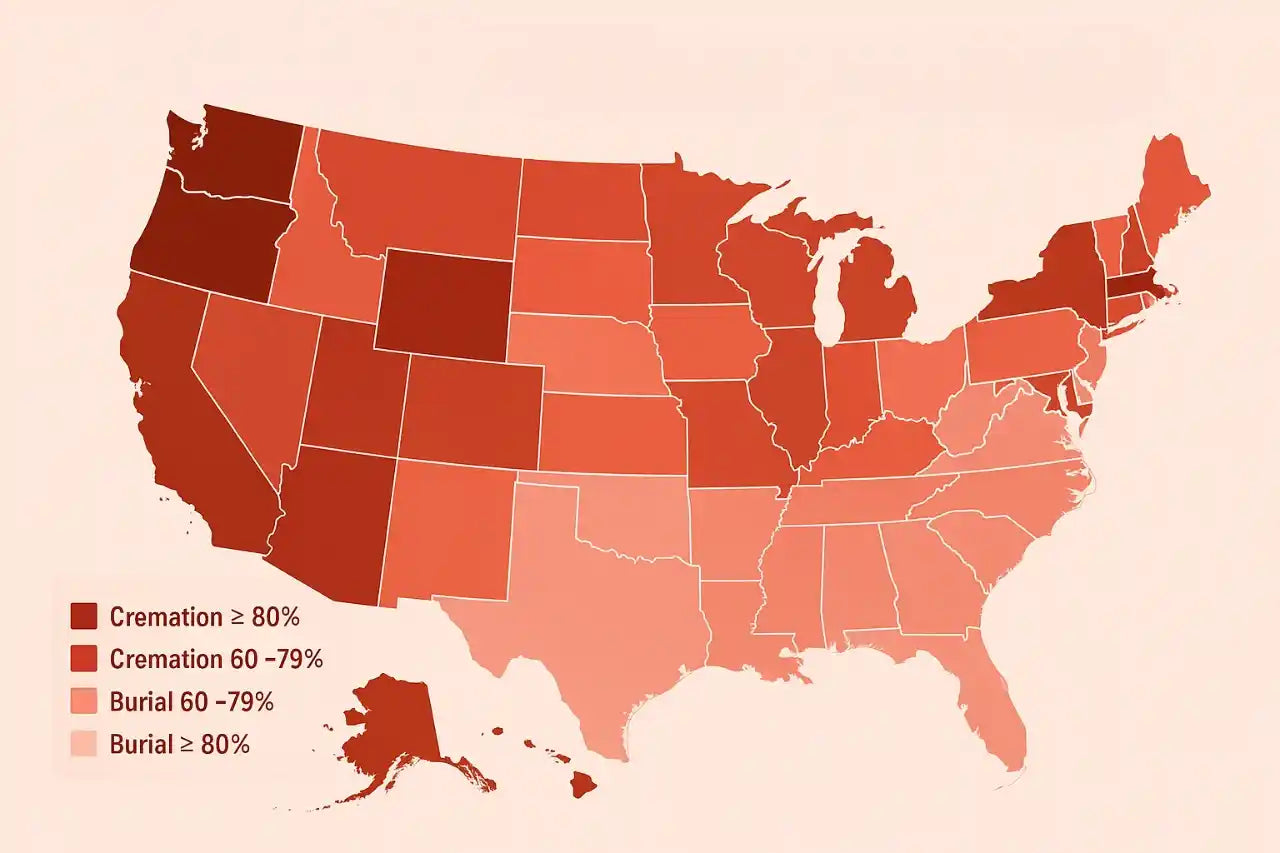In the heart of China's Hebei province, amidst vast agricultural expanses, small family burial sites are emerging as vital havens for biodiversity. These graveyards, traditionally visited during the Qingming Jie festival to honor ancestors, double as unintentional wildlife sanctuaries throughout the rest of the year. Recent research has shed light on their surprising ecological significance, revealing that even the smallest of these burial plots host a remarkable variety of native plant species. This diversity stands in stark contrast to the monoculture of surrounding wheat fields, offering critical pockets of undisturbed nature in one of China's most intensively farmed regions.
The significance of such sites extends beyond China. Similar findings from around the world indicate that graveyards and cemeteries play a crucial role in conserving biodiversity. From rare orchids in Turkey to endangered prairie vegetation in Illinois, these spaces offer refuge for plant and insect species, many of which are crucial for local ecosystems and agricultural sustainability.
A comprehensive study comparing family graveyards to adjacent agricultural lands found graveyards significantly richer in native plant species, providing essential habitats for pollinators and other beneficial insects. China Agricultural University in Beijing and colleagues conducted plant surveys in 199 family graveyards in Hebei province wheat fields. The graveyards ranged in area from two to 400 square meters, with an average of 55 square meters.
The team also surveyed plants in 125 randomly selected non–burial plots in the wheat fields for comparison. They additionally counted plant species in 30 non–burial field margin areas to compare the graveyards’ biodiversity with another common habitat type in the region. Despite their ecological importance, these graveyards often lack formal protection and face threats from agricultural expansion.
This research underscores the need to recognize and preserve these unique biodiversity hotspots. Integrating graveyards into broader conservation and agricultural strategies could enhance ecosystem health and sustainability. The findings serve as a poignant reminder of the interconnectedness of human cultural practices and environmental conservation, urging a reevaluation of how we manage and value these seemingly inconspicuous plots of land.
Sanctuaries for Biodiversity
At first glance, cemeteries are seen as landscapes of tranquility for the deceased and those who come to pay their respects. However, they are also sanctuaries of biodiversity. These green spaces, often spanning vast acres, become unintended wildlife reserves amidst the urban sprawl. With the expansion of cities and the resultant habitat loss, cemeteries offer refuge for a variety of species, from birds and insects to small mammals and occasionally even larger wildlife seeking solace in the city's quiet corners.
The diversity of plant life within cemeteries is notable. Age-old trees, shrubberies, and flowers not only create a serene ambiance but also support local fauna. These plants provide essential services such as pollination, seed dispersal, and offering food and shelter. Moreover, the variety of vegetation helps maintain genetic diversity, which is crucial for ecosystem resilience.
Green Lungs in Urban Landscapes
Urbanization comes with the loss of green spaces, leading to the urban heat island effect and decreased air quality. Cemeteries, however, act as "green lungs" within cities, offering a respite from the concrete jungle. The extensive vegetated areas within cemeteries absorb carbon dioxide, release oxygen, and provide shade, thereby contributing to cooler urban environments and better air quality.
This role is increasingly vital as cities grow and the effects of climate change become more pronounced. By preserving and maintaining these green spaces, we not only honor the memory of the past but also invest in the health of our urban environments.
Water Management and Soil Health
Cemeteries also play a crucial role in water management. The permeable surfaces within these spaces, such as grasslands and undeveloped plots, allow for rainwater infiltration, reducing runoff and the potential for flooding in urban areas. This natural filtration process is essential for replenishing groundwater supplies and maintaining the health of nearby water bodies.
Moreover, the soil within cemeteries is often rich in organic matter, thanks to the decomposition of plant material and, to some extent, biodegradable burial materials. This enhances soil fertility and structure, supporting healthy plant growth and microbial activity. It's a subtle yet impactful way cemeteries contribute to the ecosystem's nutrient cycling processes.
Corridors for Connectivity
In the context of fragmented landscapes, especially in urban areas, cemeteries can serve as ecological corridors or stepping stones for wildlife. These green spaces allow species to move between otherwise isolated habitats, increasing their ability to forage, mate, and migrate. This connectivity is crucial for maintaining biodiversity, genetic diversity, and overall ecosystem health.
Furthermore, cemeteries situated near other natural habitats, like parks or natural reserves, can significantly enhance ecological networks, providing larger, more cohesive areas for wildlife and promoting ecosystem services across a broader landscape.
Challenges and Opportunities
Despite their ecological benefits, cemeteries face challenges in management. The use of pesticides and fertilizers, frequent landscaping, and potential pollution from certain burial practices can undermine their environmental value. However, these challenges also present opportunities for sustainable management practices.
Green burials, for example, offer an eco-friendly alternative to traditional burials. They minimize environmental impact by forgoing embalming chemicals, metal caskets, and concrete vaults. This practice encourages a return to nature, allowing the body to decompose naturally and contribute to the cycle of life.
Moreover, adopting integrated pest management, reducing chemical use, and promoting native plant species can enhance the ecological value of cemeteries. These practices not only support biodiversity but also align with the conservation ethos, respecting the deceased while cherishing the living world around them.
Cemeteries are much more than places of mourning; they are vital components of our natural ecosystems. As green spaces, they offer sanctuary to a variety of species, contribute to the health of urban environments, and play a critical role in water management and soil health. Moreover, they provide essential connectivity for wildlife in increasingly fragmented landscapes.
The way we manage and perceive these spaces can significantly impact their ecological value. By adopting sustainable practices and recognizing cemeteries' multifaceted roles in our ecosystems, we can ensure these sacred grounds continue to serve not just as memorials for the past but as vital resources for our environmental future. Encouraging cemeteries' ecological potential reveals a profound connection between life and death, between humanity and the natural world. It reminds us that, even in death, we remain a part of the circle of life.


